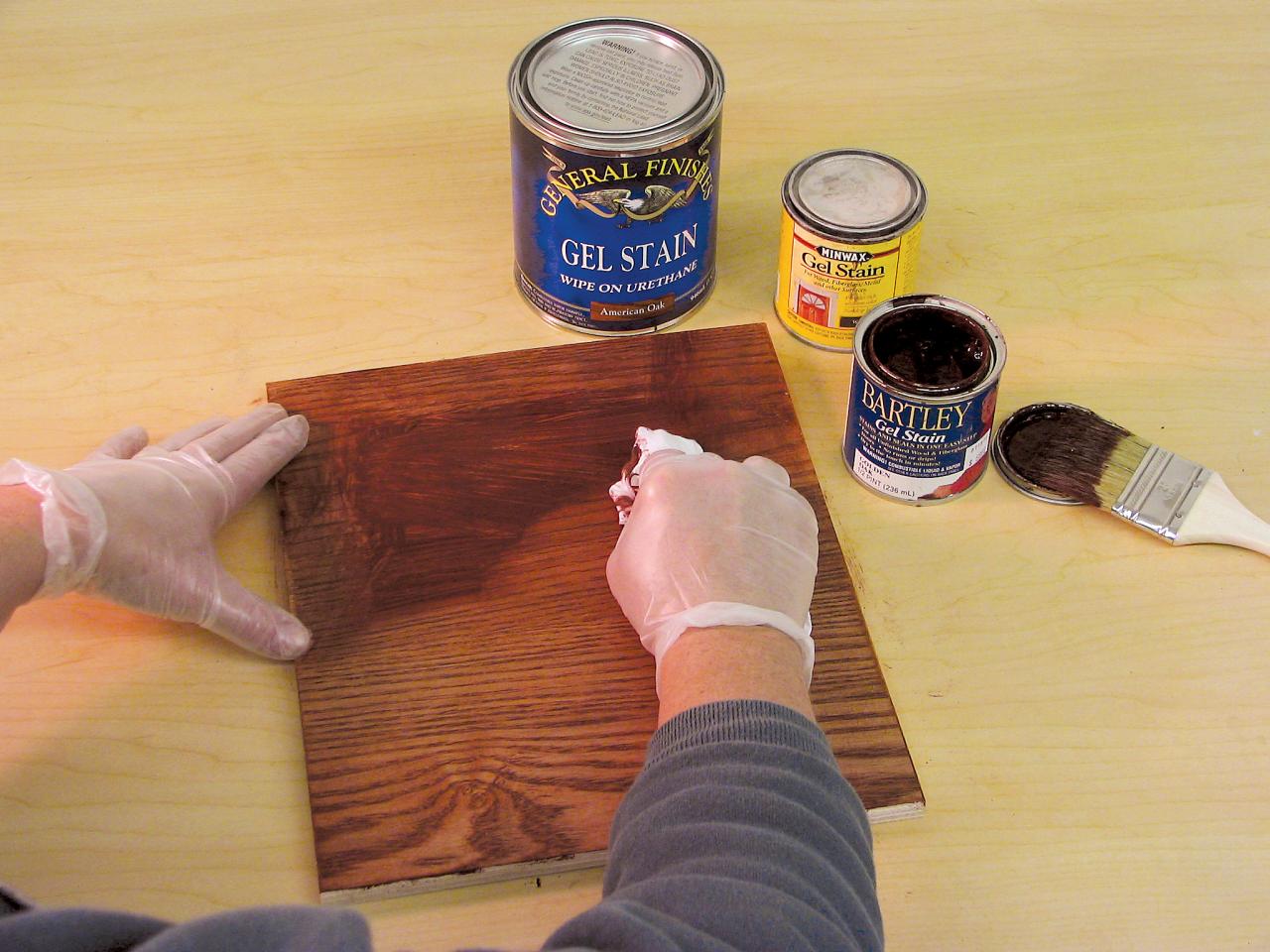
Restoring wood furniture is an effortless yet antiquated technique. However, for most of the methods, a professional hand is always preferred. Wood is an essential element of home décor, but with time it loses the smoothness and shine to scratches, bumps and even moisture. These oddities not only look bad patchy or swollen, but it also loses its luxurious feel. Wood is used to create cabinets, furniture, beds, and even decks and houses. But with every different use, there is a different wood restoration technique. You could paint them, stain them, varnish them and even epoxy coat to look flawless and protect it.
The following are some of the techniques used to preserve the wooden appeal while protecting the wood décor elements. They can be performed by yourself or by hiring a competent painting contractor like ours to get the job done anywhere in Bowmanville, Oshawa, Clarington, and Whitby region.
Natural Wood Restoration:
This Natural wood restoration technique is mainly used for the rocking chair out in the open, the wooden swing seat and other holders and wooden bowls. You can also use the strainers available in the market, but using coconut oil is a natural and scented alternative. Just apply a small amount of coconut oil on a soft cotton cloth and gently run it on the surface. Apply it in coats, and you’re done. Please don’t consider it for large scale projects as the oil costs more than artificial strainers.
Natural Stain & Darken:
Staining is another technique to preserve the wood mainly for the fence boards and the letterbox support beam. However, the natural way of staining wood is mostly used for the décor elements. For instance, experiencing an unusual tint by the dryness of the wood railing of the staircase, the wood getting lighter on the armrests or any unusual color change on your bedside. To inexpensively revive the lost shade, you can use balsamic vinegar or apple cedar vinegar to darken the light areas according to your preference. You can also perform this on your fences and toys as well.
Repair Minor Nicks & Scratches:
With time the wooden surfaces seem less smooth. It’s because of the minute nicks and scratches that present it a little rougher—often seen in places which are susceptible to touch or contact. To make them feel smoother and prevent any further damage, use three quarters canola oil with one-quarter vinegar and apply it onto the nicked areas. Leave it for some time, and you’ll feel a visible difference.
Repair Major Damage:
If a prominent part of your household wooden furniture chipped off, and you don’t want it to look awful, rest assured because you can repair it. Our professional preference is to use Bondo. Even though DIY restorers use crushed noodles and quick glue, the Bondo works way better. Plus it’s also easier to work with. Mix it up as much as you need and spread it into the uneven gaps and damaged section. Allow it to settle and then sand it to smooth. You can repaint the area with a seamless appeal.
